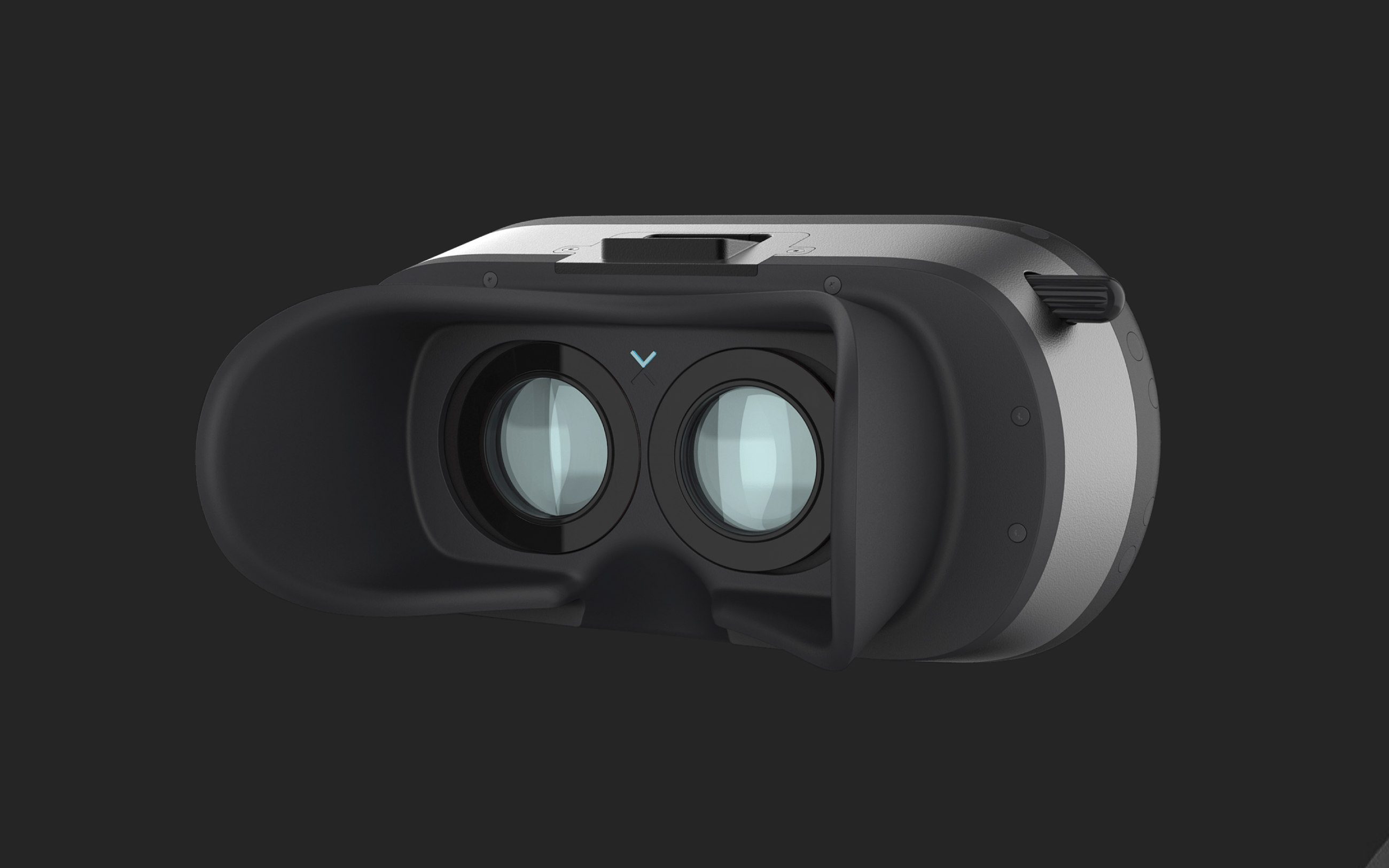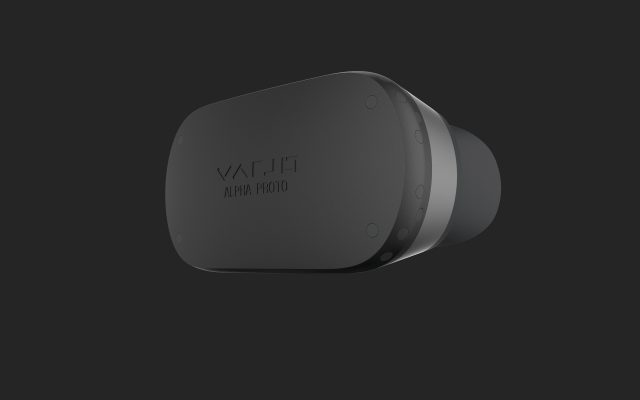At Slush 2017, Helsinki-based Varjo Technologies today announced an additional investment of $6.7 million from the Finnish business development group Tekes to continue development on their “human eye-resolution” display for VR headsets. The company also announced they’ll be shipping their first Alpha Prototype to a number of development partners before the end of year.
Update (11/30/17): It was stated in a previous version of this article that the Varjo Bionic display was composed of a 1920×1080 display per eye when in fact there are two displays per eye – a single 1080×1200 ‘context’ display that sits in the background and a much smaller 1920×1080 microdisplay that is tracked to your eye. We’ve corrected the article to reflect this.
The $6.7 million from Tekes adds to their recent $8.2m Series A round led by EQT Ventures Fund, announced back in September.
Varjo’s newly announced development partners include 20th Century Fox, Airbus, Audi, BMW and Technicolor, and will help the company optimize their “human eye-resolution” display for further development. The company says its Beta Prototypes will be shipping to new and existing partners during Q1 2018.


Urho Konttori, CEO and founder of Varjo Technologies says the company plans on launching “a profoundly revolutionary VR/XR headset by the end of 2018.”
The announcement coincides with the company’s first public technology demonstration which happened this week at Slush 2017, the annual Helsinki-based startup conference. Notably, Varjo’s booth got an important visitor as well; Prince William, Duke of Cambridge.
What makes the company’s ‘Bionic’ display so special is a unique implementation of two displays per eye; a 1080×1200 resolution ‘context’ display that sits in the background, and a much smaller 1920×1080 resolution microdisplay. Since the headset features eye-tracking, the image from smaller display is designed to move in tandem with the eyes natural saccades. This, in effect, makes the perceived resolution much higher than a standard fixed display like those found in Oculus Rift or HTC Vive.
As for positional tracking, Varjo’s Alpha Prototype is tracked by the SteamVR Lighthouse tracking standard.
Varjo is working closely with NVIDIA and AMD “to provide the best possible VR/XR experience for its partners.” Varjo prototypes are also being shipped with both Unreal and Unity plugins to enable content creation.
“I’m incredibly proud of the team that took a proof of concept into a custom-built technology prototype in just a few short months,” said Konttor. “Together with our world-leading partners, we are now perfecting the technology and plan to launch a profoundly revolutionary VR/XR headset by the end of 2018.”
We’ll be following Varjo as it makes inroads to the enterprise sector with its VR headset.

